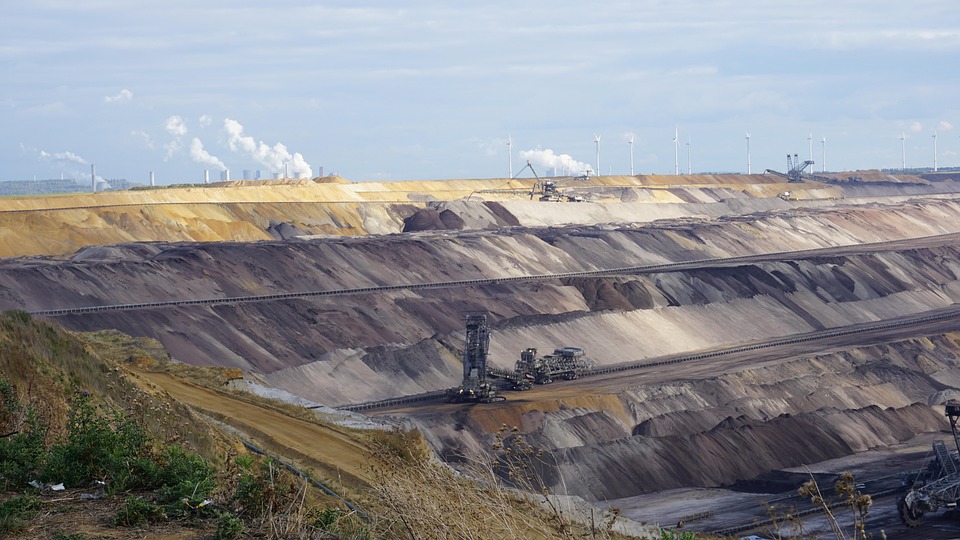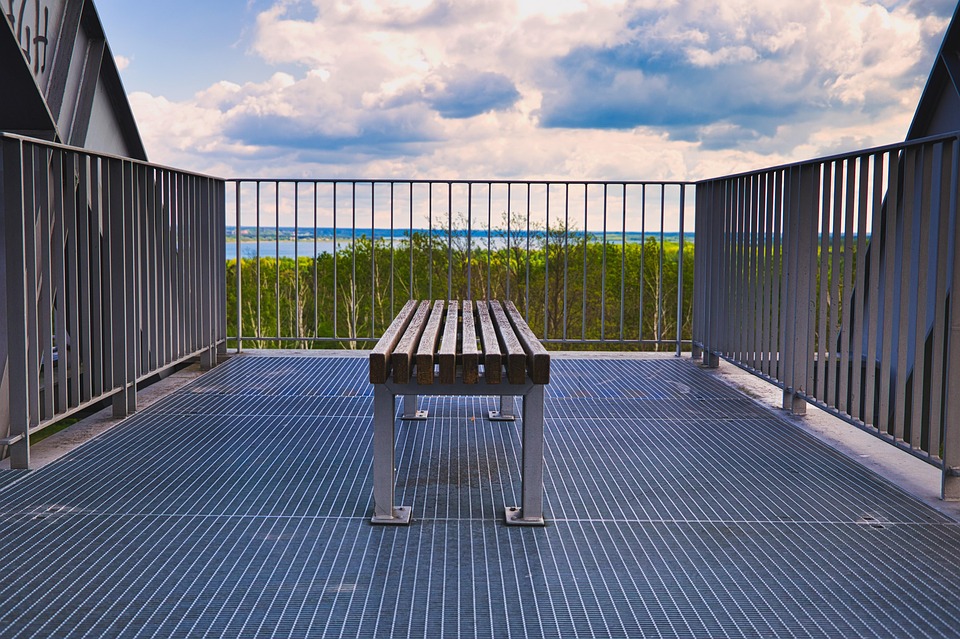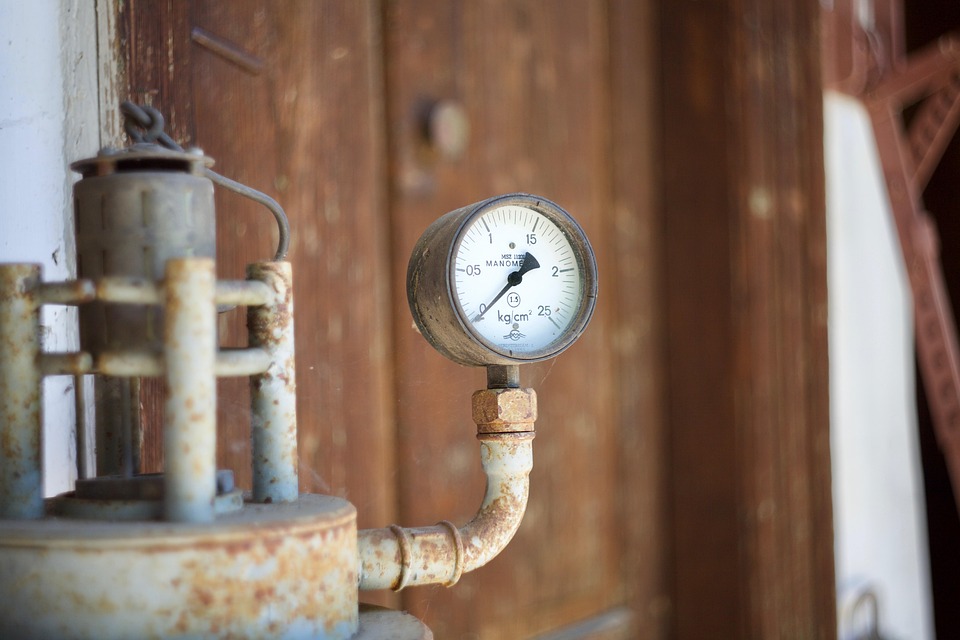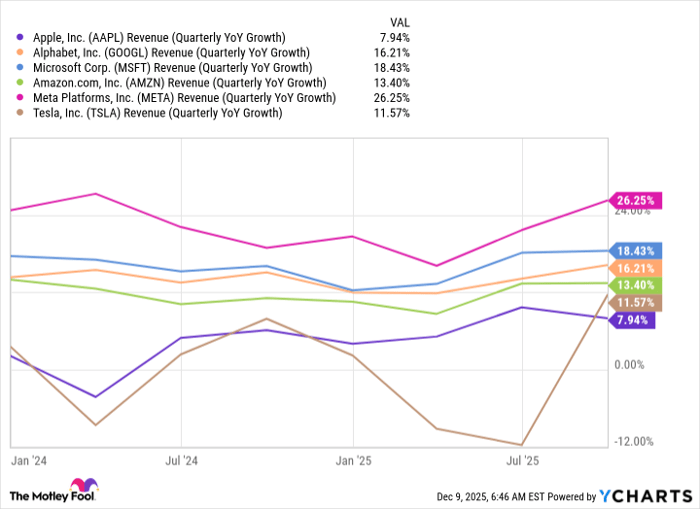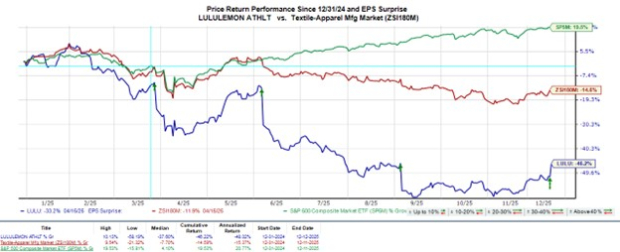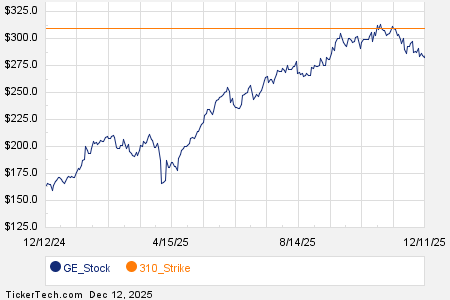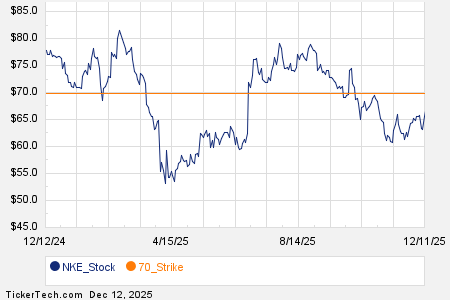The 4680 is a soda can sized cell with a nickel-cobalt-manganese (NCM) cathode and is already powering the 84.6 kWh performance version of its Model Y assembled in Texas.
The Cybertruck AWD and top of the range Cyberbeast model up that capacity to 122.4 kWh, according to Tesla filings with the US EPA.
Buyers can add a separately installed range extender to get the truck close to the 800km (500mi) driving range initially promised and qualify it for Biden administration’s $7,500 subsidy scheme until the base model becomes available.
Pre-orderly conduct
There is no firm number on the pre-orders Tesla has received. A crowdsourced tally put it as high as two million – a figure that is now widely quoted in the press – while Musk confirmed it is over one million.
Given the hype surrounding the Cybertruck, two million fans who only had to put down $100 (now $250) for the privilege does not sound outlandish.
How many Cybertrucks Tesla can produce is also far from being bolted down.
Tesla told investors last year the company can produce anywhere between 250,000 and 500,000 units per year, but installed capacity at Giga Texas for this year is reportedly only 125,000.
Elon Musk did admit in December that the Texas plant was in “production hell” and Tesla has a well-earned reputation for overpromising and underdelivering, but in 2023, Tesla did manage to up production 35% to 1.85 million vehicles.
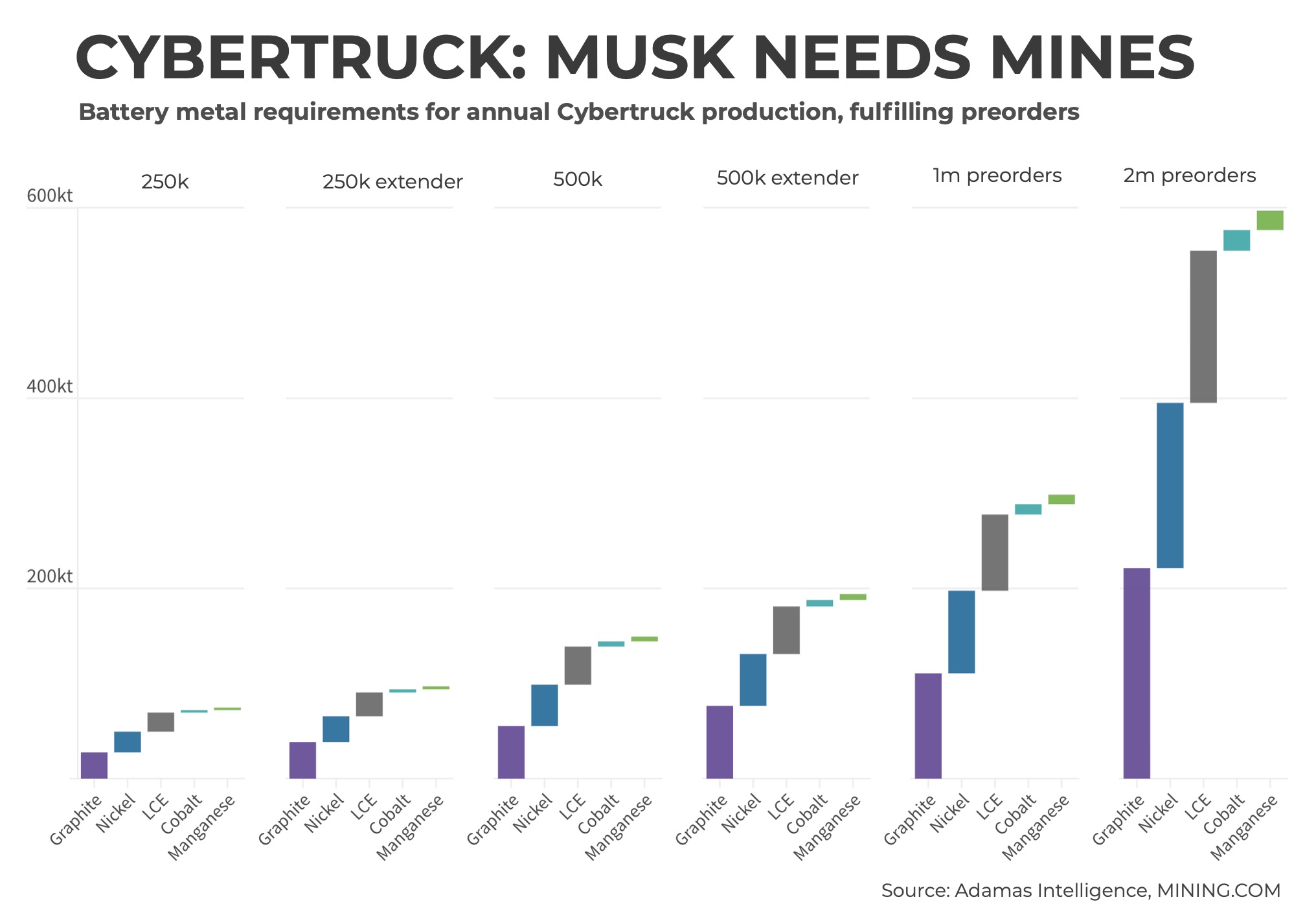
Mutatis Mutandas
Irrespective of model-version, Tesla’s triangle truck is a battery metals beast.
If Tesla produces 125,000 Cybertrucks this year, the company would have had to procure around 14,000 tonnes of graphite, 11,000 tonnes of nickel, 10,000 tonnes of lithium carbonate equivalent, 1,400 tonnes of cobalt and 1,300 tonnes of manganese, according to data from Adamas Intelligence, Toronto-based EV supply chain research consultants.
Easily doable and at current prices for these battery metals a bargain, even if you take into account yields all the way up and down the supply chain. Cell manufacture is notoriously tricky and as much as 30% of the raw material entering through the factory ends up as black mass.
At the low end of Tesla’s Cybertruck production target – 250,000 – mining quickly becomes a weightier matter for the company now worth just $582 billion in New York after a horrendous start to 2024.
Add in those Cybertruck owners who opt for an extra pack in the back and there are tonnes of reasons why Tesla could consider upping its mining investments.
Under this scenario – still highly conservative given the immense interest in the Cybertruck – Tesla needs the entire nickel output of Glencore’s Murrin Murrin mine in Western Australia and over half its cobalt.
Fulfill the million preorders and Tesla needs to offtake 100% of Glencore’s annual nickel production, which the Swiss miner said will be between 80,000 and 90,000 tonnes in 2024 and everything Mutanda produced last year.
Two million? Hope that no-one orders the range extender and Cybertruck assembly lines would need to add half a Norilsk for the nickel (presuming it’s allowed into Texas then) and two-thirds of Glencore’s entire cobalt production.
Finished stainless steel is about 8%-10% nickel – so there’s that too.
Battery day and night
Natural graphite has been on its own wild ride – down some $300 from this time last year to the early $500s a tonne now.
To power 1 million Cybertrucks, Tesla needs the natural graphite of the world’s number two producing country, Madagascar, according to the USGS.
If most drivers want to go the extra mile add half the output of world number three Mozambique or most of fourth-ranked Brazil.
Much like those that mine the devil’s copper and the goblin’s ore, lithium mining companies – and their investors – have gone through seven heavens and nine circles of hell since the Cybertruck’s 2019 debut.
Lithium carbonate equivalent was exchanging hands for $8,500 a tonne at the time on a global weighted average basis, according to Benchmark Mineral Intelligence, a London-based price reporting agency and satellite battery factory tracker.
November 2022 LCE topped $80,000 a tonne. Today it is around $14,400 a tonne.
When it comes to LCE, one million Cybertrucks with no big black box in the back, need one Greenbushes, the world’s largest hard rock lithium mine.
That is, provided the Sino-Australian venture does not cut back further on production to ride out the downturn.



